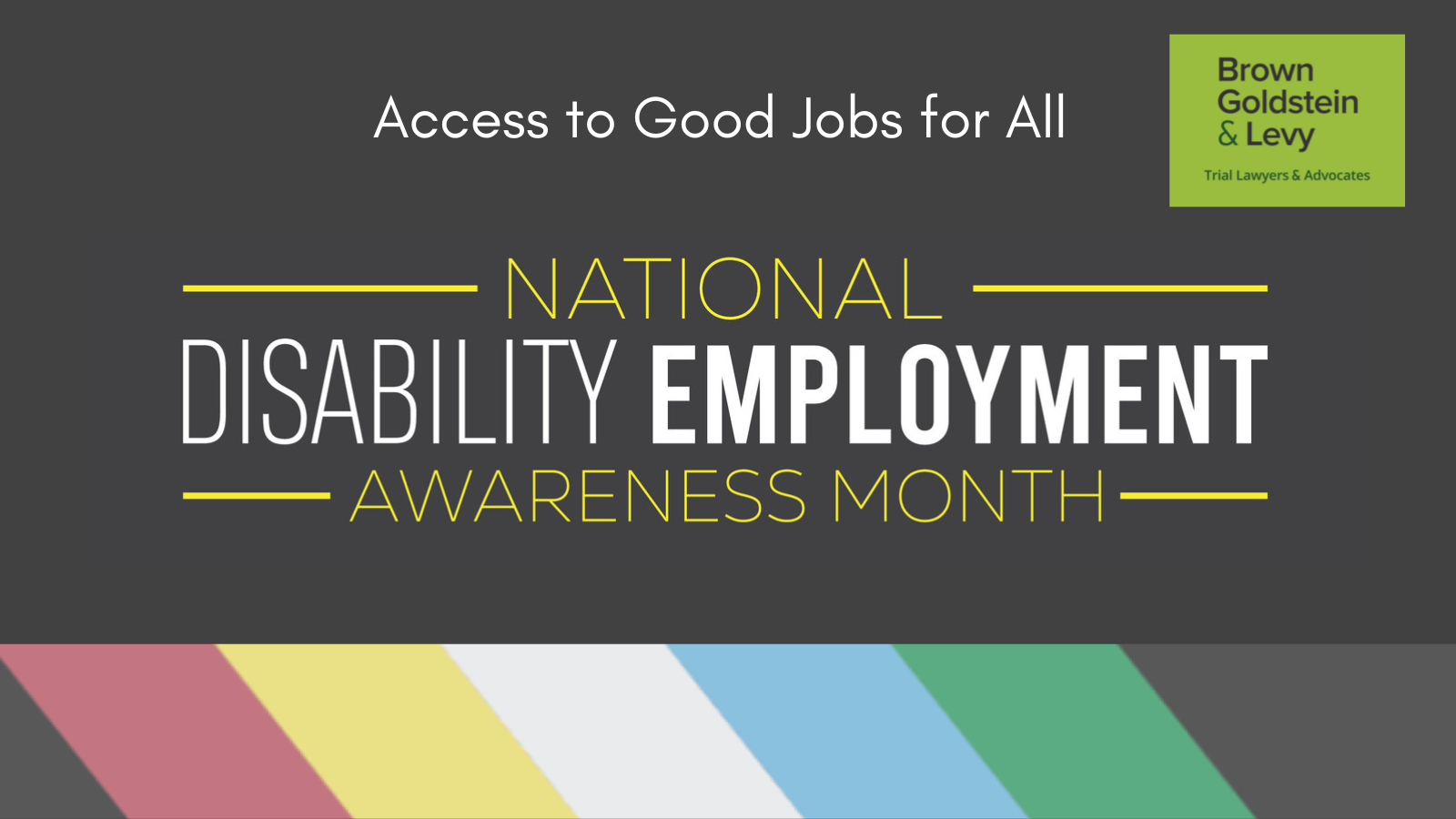Manufacturer pays $443,000 to resolve hiring discrimination claims – Technologist
The Office of Federal Contract Compliance Programs (OFCCP) recently announced that federal contractor GE Aerospace will pay $443,000 in back pay and interest to resolve allegations that it discriminated against female applicants for Manufacturing Ops Associate positions at its facility in Rutland, Vermont.
The money will be shared among 116 unsuccessful female applicants. The company also agreed to offer jobs to 14 of the applicants as positions come open because, according to the OFCCP’s calculations, the company’s selection process resulted in an unexplained shortfall of 14 women when compared to the hiring rate for men (conciliation agreement signed 02/7/24 and press release 02/09/24).
Tips: Interestingly, the company also agreed to stop using the Select Assessment for Manufacturing (SAM) test. This implies that the OFCCP believed the SAM test had an adverse impact against women in the company’s hiring process. Adverse impact in a selection process doesn’t necessarily mean that an employer has illegally discriminated, but it is a red flag that requires investigation.
Federal contractors’ annual affirmative action plans (AAPs) must assess the rates of hires, promotions, and terminations to determine whether any adverse impact occurred based on race/ethnicity or gender. If an overall selection process disproportionately affects candidates of one race/ethnicity or gender compared to another, the employer must dig deeper to see whether any particular component of the selection process is to blame. Once that component is identified, the employer has a duty to evaluate whether the particular selection standard is job-related and consistent with business necessity. The OFCCP is generally suspicious of commercial selection tests. If a test is the cause of the adverse impact, the agency will expect the employer to show that the test was professionally reviewed and validated for that particular employer’s positions—a generic off-the-shelf validation study doesn’t cut it.


